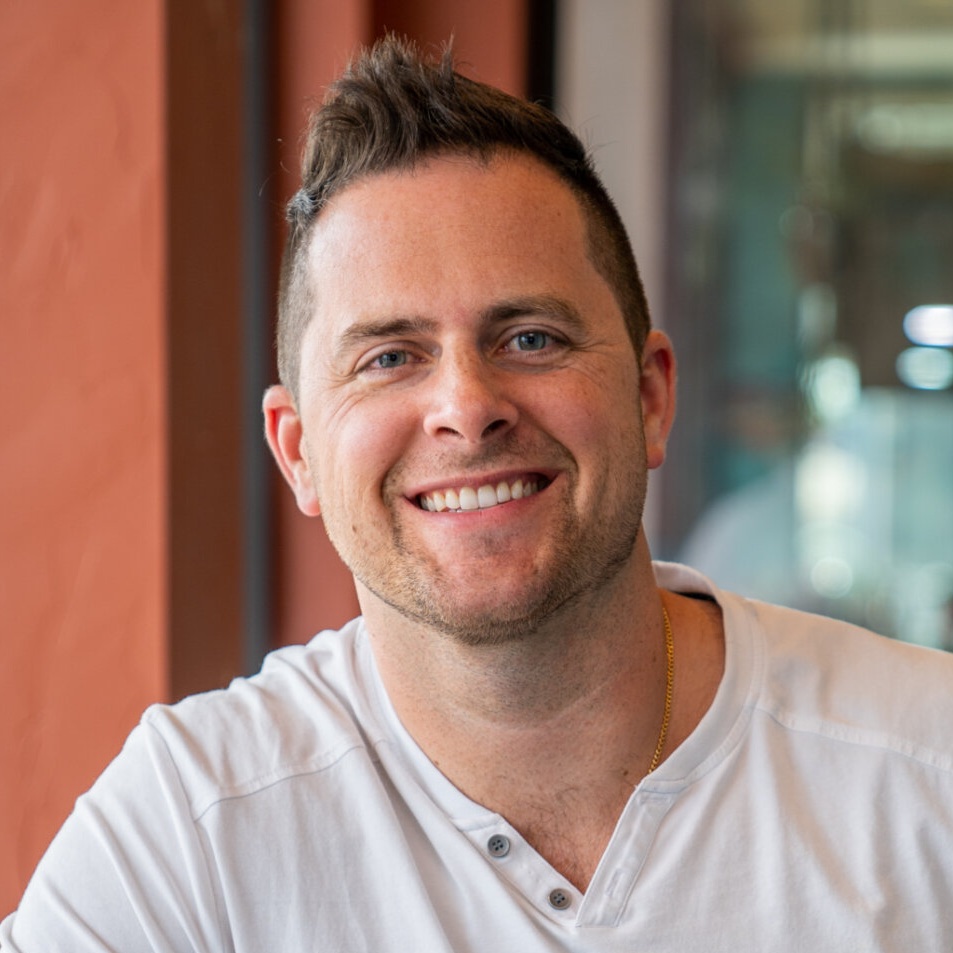Determining patent subject matter eligibility is a crucial initial step in securing a patent. This criterion is not about novelty or uniqueness; it’s about making sure that your idea or innovation fits into a category deemed patentable by law. Many inventors face challenges when their creations, while innovative, don’t align with these specific legal requirements. Understanding what types of ideas are eligible—and which are not—is key to navigating the complex world of intellectual property.
Understanding Patent Subject Matter Eligibility: The Basic Concept
Patent subject matter eligibility refers to the foundational requirement that an idea must meet to be considered for a patent. This concept is enshrined in patent law to ensure that only certain types of inventions receive legal protection. The fundamental question it addresses is whether the subject of a patent application is the kind of innovation that the law is designed to protect.
To be eligible, an invention must fall within the bounds of patentable subject matter as defined by law. This includes processes, machines, manufactures, and compositions of matter. The universe of what is patentable is quite wide. However, not all innovations qualify. Laws of nature, natural phenomena, and abstract ideas, for instance, are categorically excluded. This means even groundbreaking discoveries like a scientific principle or a naturally occurring substance cannot be patented. The rationale is to prevent the monopolization of fundamental building blocks of innovation and knowledge, ensuring they remain freely available for use and further development by others.
Non-Patentable Subject Matter
- Laws of Nature or Products of Nature: This category includes phenomena that occur in the world naturally, such as Einstein’s theory of relativity or Newton’s law of gravity, which are fundamental truths of nature and cannot be patented. Natural substances like crude oil or natural gas also fall into this category, as they exist in nature without human creation.
- Physical Phenomena: Elements, compounds, or processes that occur naturally, like genes or hormones, are considered physical phenomena and are not patentable. For instance, the DNA sequence in its natural form is a discovery, not an invention, and therefore not patentable. However, modified versions of these natural substances, such as genetically modified organisms, might qualify for patents.
- Abstract Concepts: These refer to theoretical ideas or methods that lack practical application or tangible embodiment, such as mathematical formulas, algorithms, or business methods. These concepts are purely abstract and not patentable. However, a novel and concrete application of a mathematical algorithm solving a specific technological problem could be patentable.
- Software Related Inventions: The Supreme Court held in Alice Corp. v. CLS Bank International (2014), that implementing an abstract idea using a computer does not automatically make it patentable, unless it adds significantly more to the idea. This decision had implications for the novelty and inventiveness of software patents.
Finding Exceptions: Cases Where Subject Matter Eligibility is Overcome
In the realm of patents, there are notable instances where exceptions to subject matter eligibility have been recognized, often leading to groundbreaking innovations receiving legal protection. One classic example is the case of the electric light. While electricity itself is a natural phenomenon and thus not patentable, Humphry Davy’s Electric Arc lamp represented a novel application, transforming electricity into a form of lighting. This invention harnessed a natural phenomenon in a unique and innovative way, overcoming the typical barriers to patent eligibility.
Another significant area of exceptions is found in gene patenting. While natural genes cannot be patented due to their status as products of nature, the U.S. Supreme Court issued a ruling in 2013 that allowed for the patenting of genetically modified organisms and synthetic DNA sequences. These modifications represent a material change to the naturally occurring substances, demonstrating how human intervention and innovation can transform an unpatentable natural product into something distinct and patentable. These examples highlight that while the rules of subject matter eligibility are stringent, innovative applications and modifications of natural phenomena can lead to successful patent grants.
Bold Patents Can Help You Determine If Your Invention is Patentable
At Bold Patents, we understand the intricacies of patent law and are dedicated to guiding you through the patent process. Our experienced attorneys are equipped to navigate the nuances of subject matter eligibility and help you secure protection for your innovations. Reach out to us to schedule a free discovery call, and let’s transform your ideas into protected, tangible assets.

